Houseplants and cats rarely mix. Cats are notorious for knocking over pots, eating leaves, and causing havoc with houseplants.
However, a few houseplants are safe for cats and can provide some benefits for them as well.
The 10 Best Houseplants For Cats
1. Spider plant
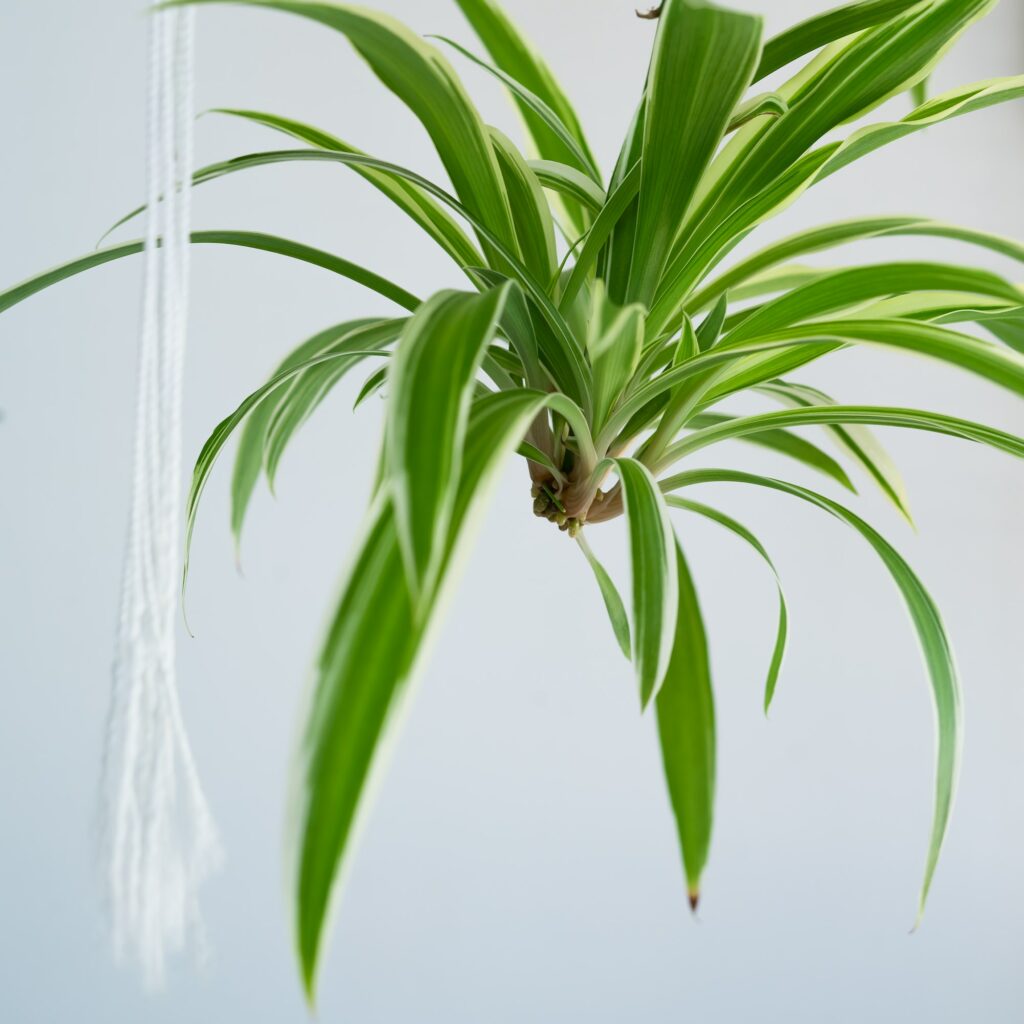
Spider plants are one of the best houseplants for cats. They offer many benefits and advantages over other houseplants. Here are some reasons spider plants make the best house plant for cats:
- Spider plants are safe for cats. This is because they are not poisonous to cats like some other houseplants can be.
- Spider plants help to improve indoor air quality. This is because they filter out harmful toxins and pollutants from the air, which can benefit your and your cat’s health.
- Spider plants are easy to care for. They don’t require a lot of attention or maintenance, which makes them ideal for busy pet parents.
- Spider plants are relatively drought-tolerant. This means that they can survive even if you forget to water them occasionally.
2. Calathea
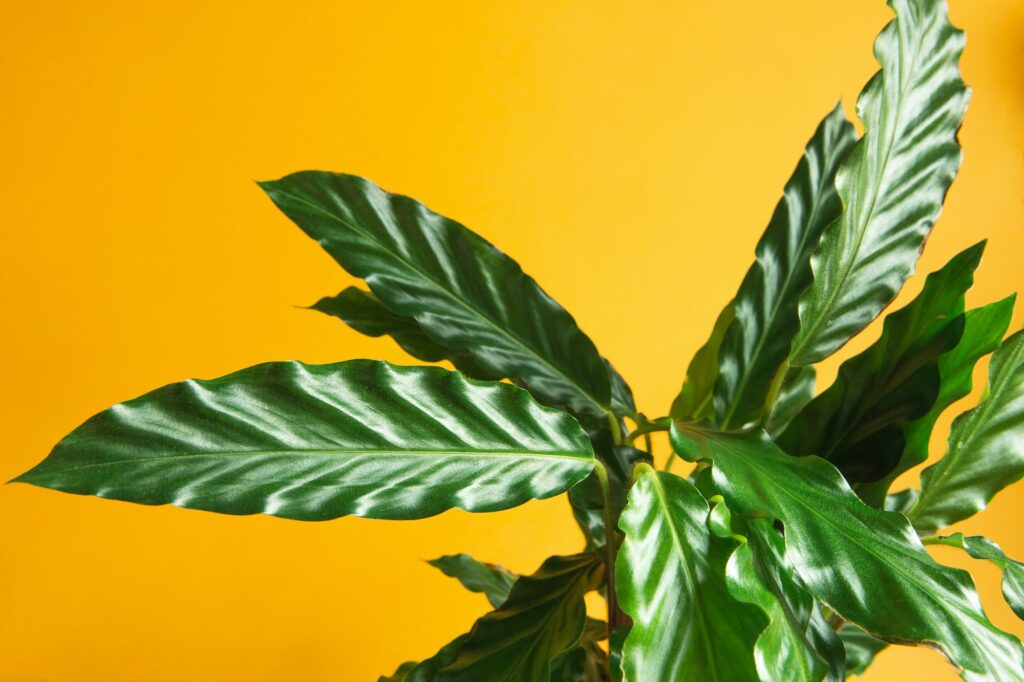
Calathea is a beautiful, low-maintenance houseplant that offers many benefits for cat owners. One of the most significant advantages of Calathea is that it is safe for cats.
All parts are non-toxic plants to cats; your feline friend will not be harmed if they nibble on a leaf or two.
Another benefit of Calathea is that it helps to purify the air in your home. This hardy plant filters out harmful toxins and pollutants, helping to create a healthier environment for you and your cat.
Finally, Calathea is an excellent choice for those looking for a stylish yet pet-friendly plant. With its striking leaves and elegant upright growth habit, this plant adds a touch of luxury to any home – without putting your cat at risk.
3. Ponytail palm
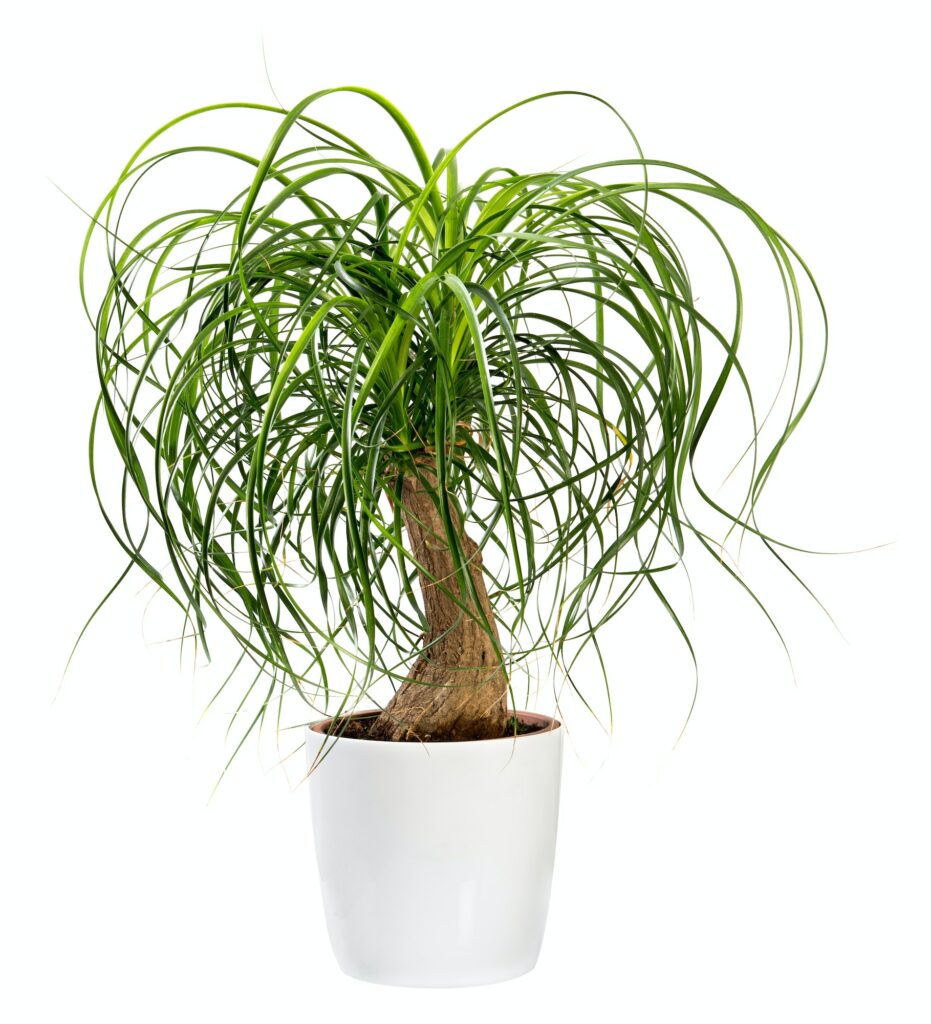
As any cat lover knows, our feline friends like to nibble on plants. But not all houseplants are created equal when it comes to being safe for cats. The Ponytail Palm is an ideal houseplant for cats for several reasons.
First, the Ponytail Palm is a non-toxic plant for cats. If your kitty takes a nibble out of this plant, it won’t get sick.
Second, the Ponytail Palm is known for being very easy to care for. It doesn’t need a lot of water or bright indirect light, so it’s perfect for busy pet parents.
Finally, the Ponytail Palm can help purify the air in your home. This is important for both your and your cat’s health.
4. Paddy’s wig
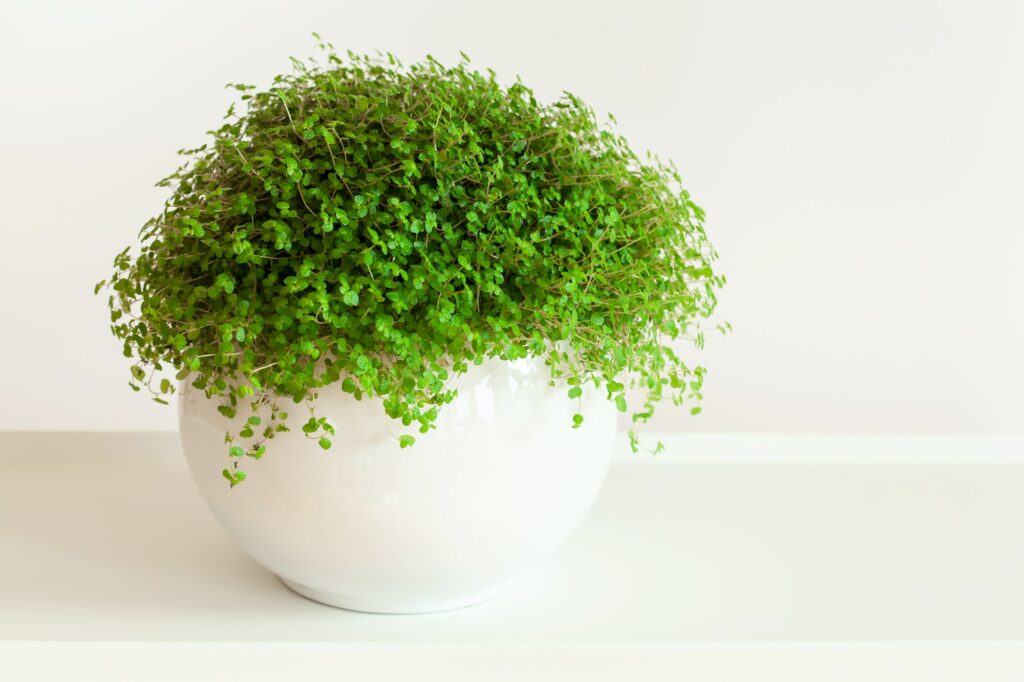
Paddy’s wig is a type of fern native to New Zealand. It is a fast-growing plant that can reach up to two feet. Paddy’s wig has long, green leaves covered in tiny black spots. The plant gets its name because its leaves resemble a wig worn by an Irishman named Paddy.
Paddy’s wig makes an excellent houseplant for cats for several reasons.
First, it is very easy to care for and does not require a lot of water or direct sunlight to thrive. Second, the leaves are tough and leathery, making them resistant to damage from sharp claws. Third, the plant emits a mild scent that helps to keep cats calm and relaxed.
5. Canary date palm

Few house plants are as challenging or beautiful as the Canary Islands Date Palm. This palm is one of the most popular houseplants and the best indoor cat plants. Here are some benefits of having a Canary Island Date Palm in your home:
The Canary Island Date Palm is a strong and sturdy plant that withstands a lot of wear and tear. This makes it an ideal plant for homes with active children or pets since it is pet-friendly.
The leaves of the Canary Islands Date Palm are long and sharp, which deters most cats from trying to eat them. The leaves are also very tough, so if your cat takes a bite, they are unlikely to do any damage.
The Palm produces a large amount of oxygen, which is great for improving air quality in your home.
6. Gloxinia
Gloxinia is a beautiful house plant and one of the best indoor plants for cats. There are many benefits to having Gloxinia as a house plant for cats.
One of the most significant advantages is that Gloxinia is a non-toxic plant to cats. If your cat nibbles on a leaf or two, it will not get sick. Gloxinia is also very easy to care for and does not require much maintenance.
Another benefit of having Gloxinia as a house plant for cats is that they help to purify the air. This is because they produce oxygen and help to remove toxins from the air.
7. Haworthia
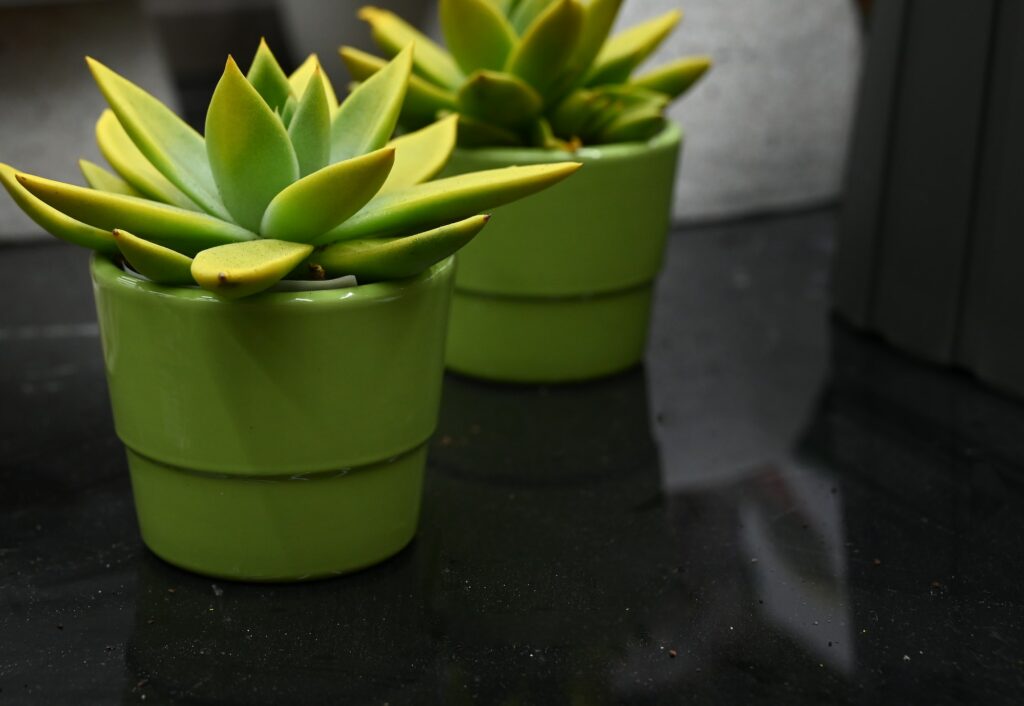
If you’re looking for a stylish and cat-friendly indoor plant, look no further than Haworthia. These tough little succulents are native to South Africa and are known for their striking geometric leaves.
While most houseplants are poisonous to cats, Haworthia is safe for your feline friend to nibble on. Many people believe Haworthia can help improve your cat’s digestion.
So why choose Haworthia over other house plants? For one, they’re very easy to care for. They need little water or indirect light, making them ideal for homes with limited space or natural bright indirect light.
And if you forget to water them from time to time, they’re very forgiving – unlike most other house plants!
8. African violet
African violet is a beautiful house plant and has many benefits for cats.
One of the most significant advantages of having an African violet as a house plant is that it is very easy to care for. They do not require a lot of water and can even tolerate some neglect.
Another benefit of African violets is that they are known to be very effective at filtering out toxins from the air. This means that they can help improve the air quality in your home, which is excellent for your and your cat’s health.
9. Mexican snowball
Finding the best house plant for cats offers several benefits and advantages that make it the perfect choice for households with feline friends.
First and foremost, cats love to chew on plants. Mexican snowballs are non-toxic, so you don’t have to worry about your kitty getting sick if they take a nibble.
Second, this plant is excellent at filtering harmful toxins from the air. This is important for your and your cat’s health, as breathing in polluted air can lead to several respiratory problems.
Finally, the Mexican snowball is easy to care for and maintain. It doesn’t require much water or direct sun, making it the perfect low-maintenance option for busy pet parents. Remember, it is also a pet-safe plant.
10. Venus fly trap
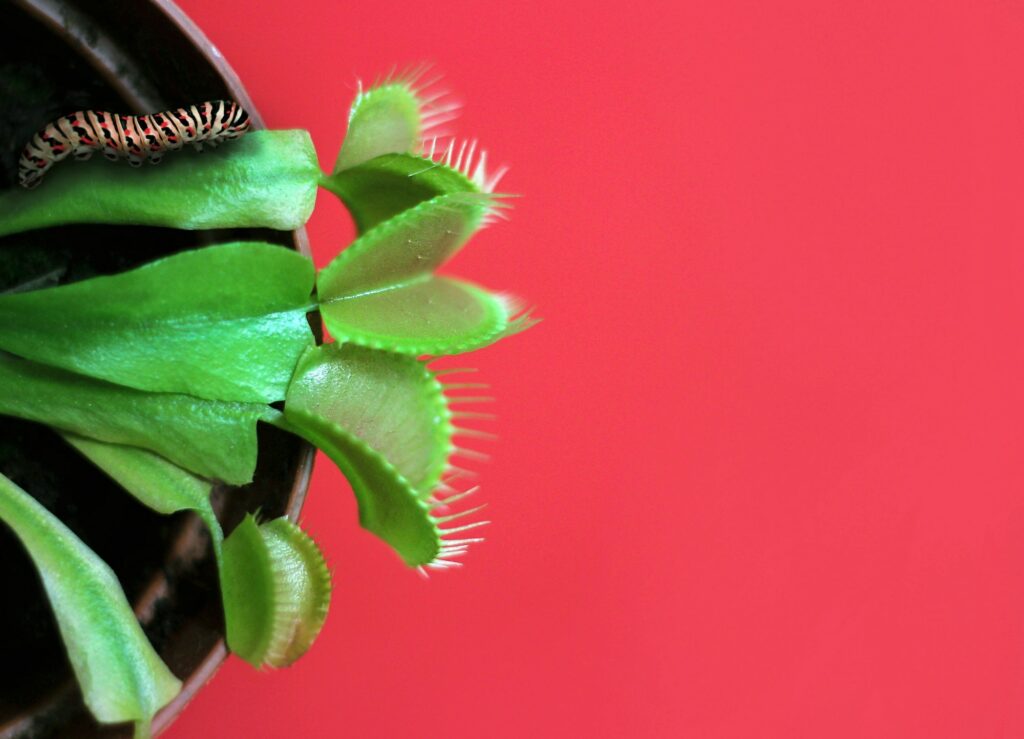
The Venus flytrap is one of the best house plants for cats. There are many benefits to owning a Venus flytrap, and one of the most significant advantages is that it is a great way to keep your cat entertained.
A Venus fly trap provides an excellent source of entertainment for your cat, as the plant’s ability to capture insects will fascinate them.
Besides providing entertainment, a Venus fly trap can also help to keep your home clean. Cats are known for being messy eaters and often leave crumbs and bits of food on the floor. A Venus fly trap can help to catch these scraps before they attract pests or become moldy.
Overall, a Venus flytrap is an ideal house plant for cats.
Conclusion
House plants for cats are a great way to keep your furry friend entertained and engaged. They provide numerous health benefits for both you and your cat.
- Houseplants can help purify the air in your home, remove toxins, and boost your cat’s immune system.
- They also offer a way for your cat to get much-needed exercise and mental stimulation. In short, houseplants are a win-win for both you and your cat!
- Most house plants are safe for cats. However, there are a few that are poisonous, so be sure to research before bringing any new plants into your home.
- Popular houseplant for a cat includes spider plants, calathea, and paddy’s wig. These plants provide your cat with a stimulating environment while also helping to reduce stress and anxiety.
FAQs
Are indoor cats required to have plants?
Cats enjoy staying indoors, just like their human counterparts. Nevertheless, cats require the outdoors, particularly lush green grass. The cat is a carnivore, but it must consume some greens to provide roughage and vitamins.
Is there a plant that causes kidney failure in cats?
It is common to find lilies in gardens and floral arrangements during the holidays, as they are beautiful, fragrant flowers. One of the most common feline emergencies is kidney failure caused by exposure to lily plants.
Can plants survive in indirect sunlight?
Direct sunlight outside is more intense than the light inside your house. However, indirect sunlight does not pose a problem for most indoor plants. It is more than enough for a growing plant to get indirect natural light from a windowsill.


